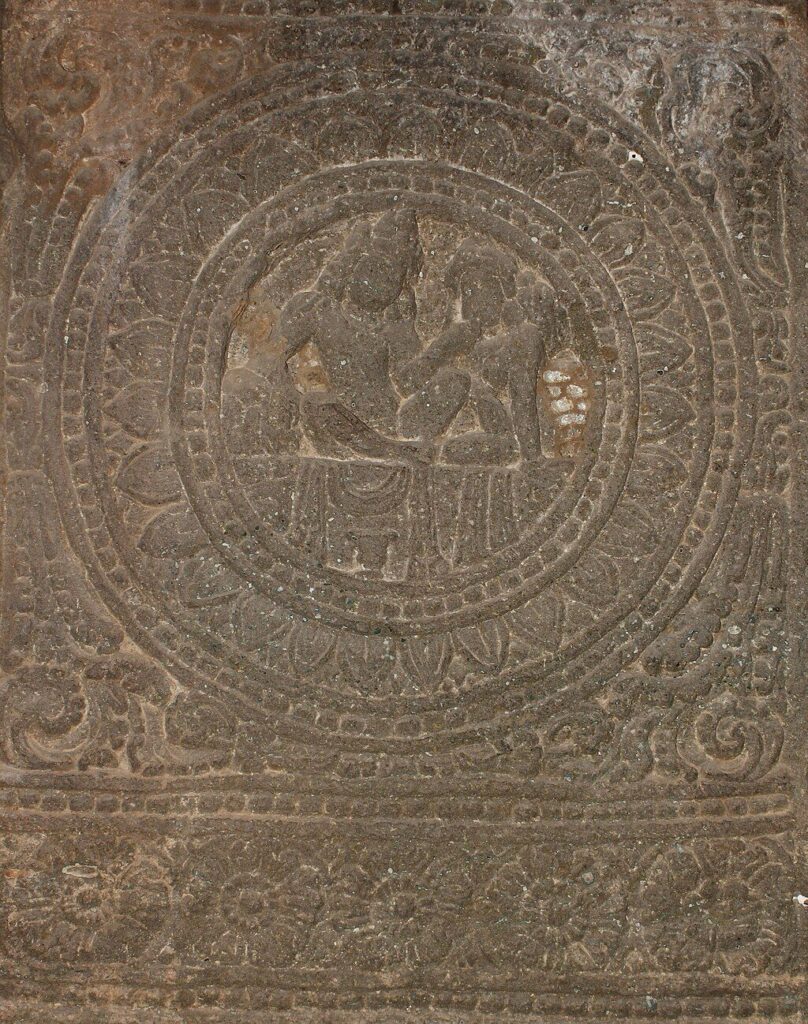*Discovering the City of Gates: A Journey Through Aurangabad’s Rich History:
By Lokanath Mishra:
As I stepped into the vibrant city of Aurangabad, I was struck by its rich history and cultural heritage. Located in the Indian state of Maharashtra, Aurangabad is a city that seamlessly blends its past with its present. From its ancient roots to its modern-day charm, Aurangabad is a city that has something to offer for everyone.
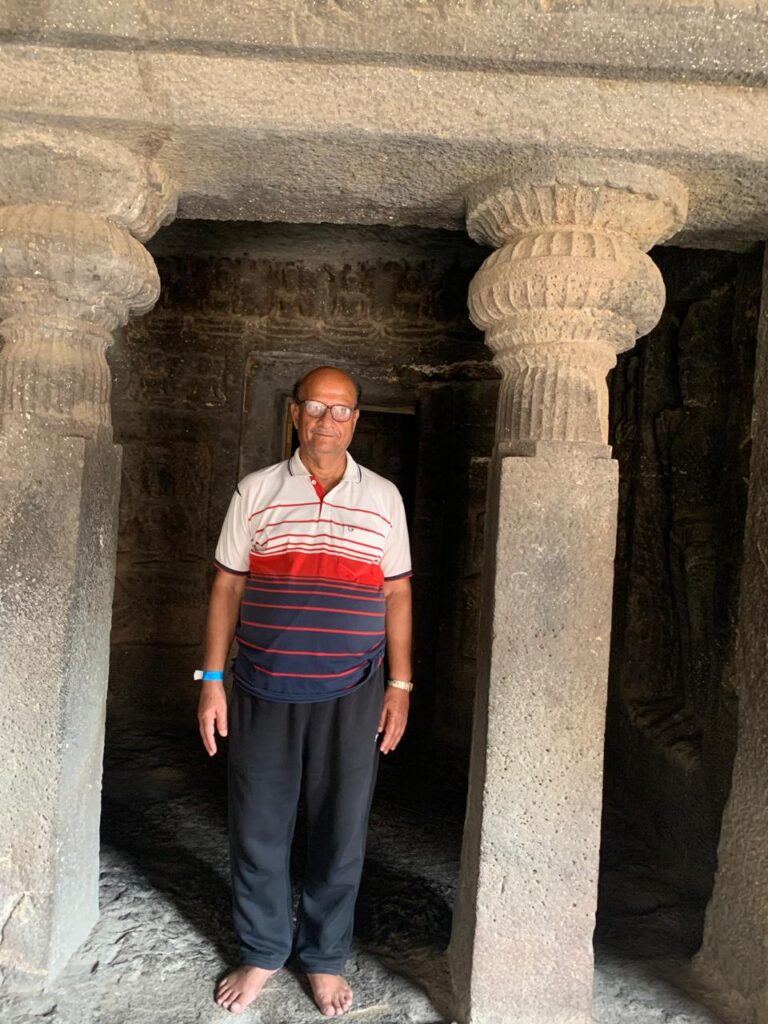
My journey through Aurangabad’s history began with the discovery of its ancient roots. The city’s imperial capital, Paithan, was once the seat of the Satavahana dynasty, which ruled from the 1st century BCE to the 2nd century CE. The city’s strategic location made it an important center of trade and commerce, attracting merchants and travelers from all over the world.
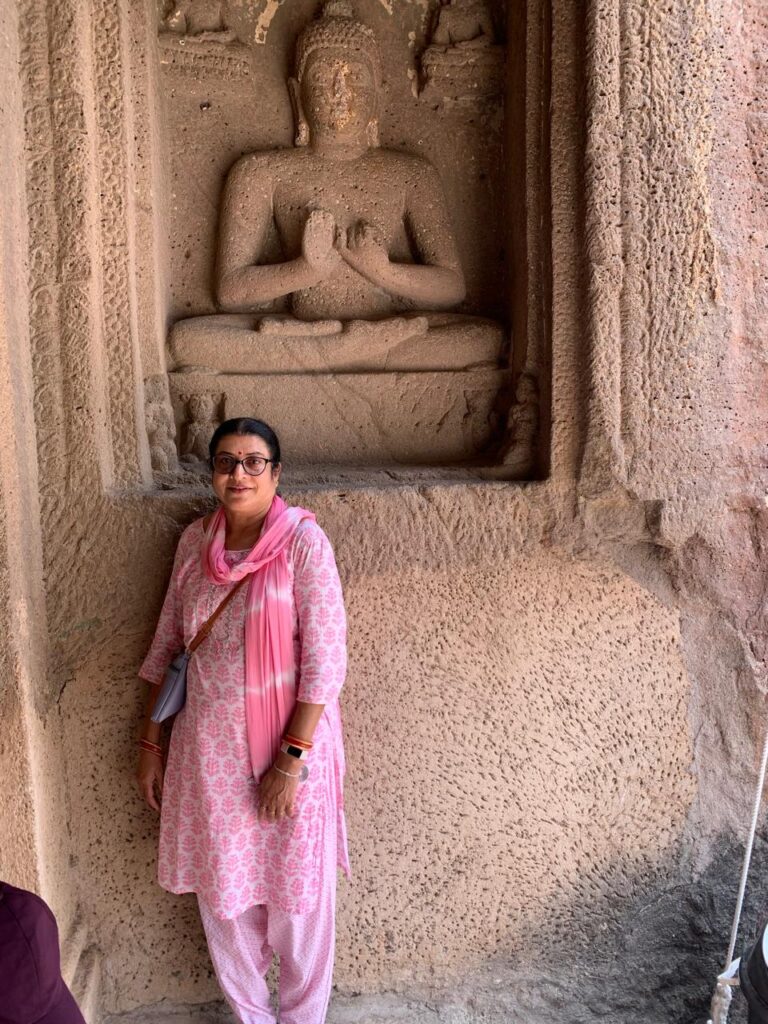
As I delved deeper into Aurangabad’s history, I learned about the city’s association with the Delhi Sultanate. In 1308, the region was annexed by the Delhi Sultanate, and in 1327, the capital of the Sultanate was shifted from Delhi to Daulatabad, which is now a part of modern-day Aurangabad.
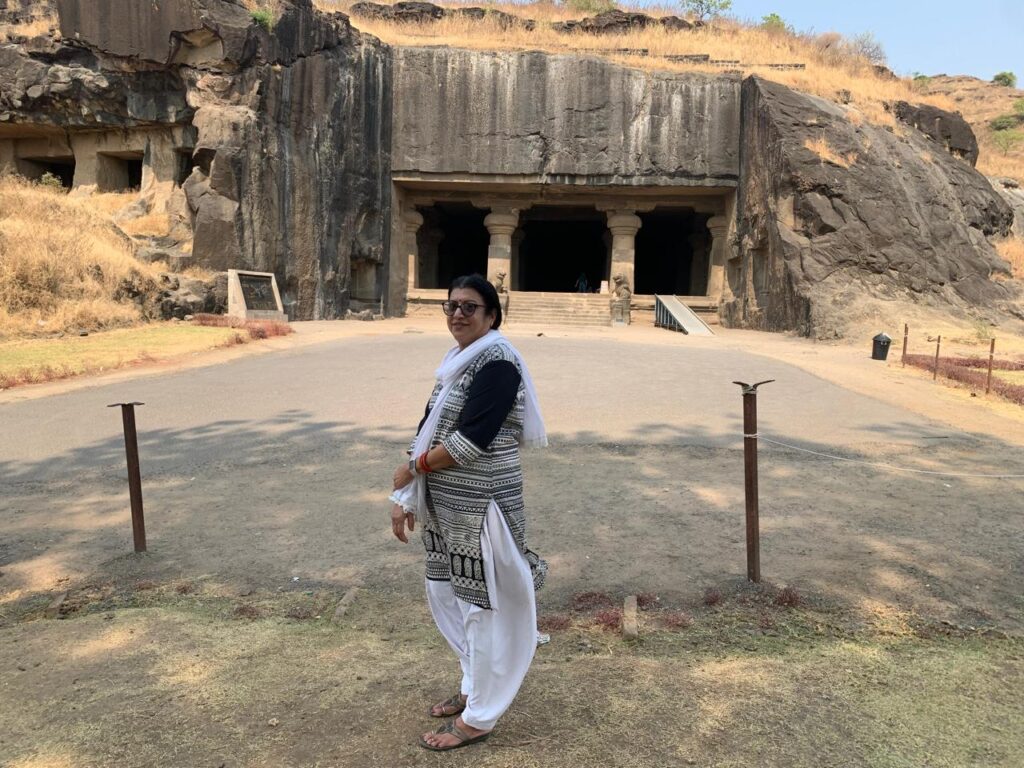
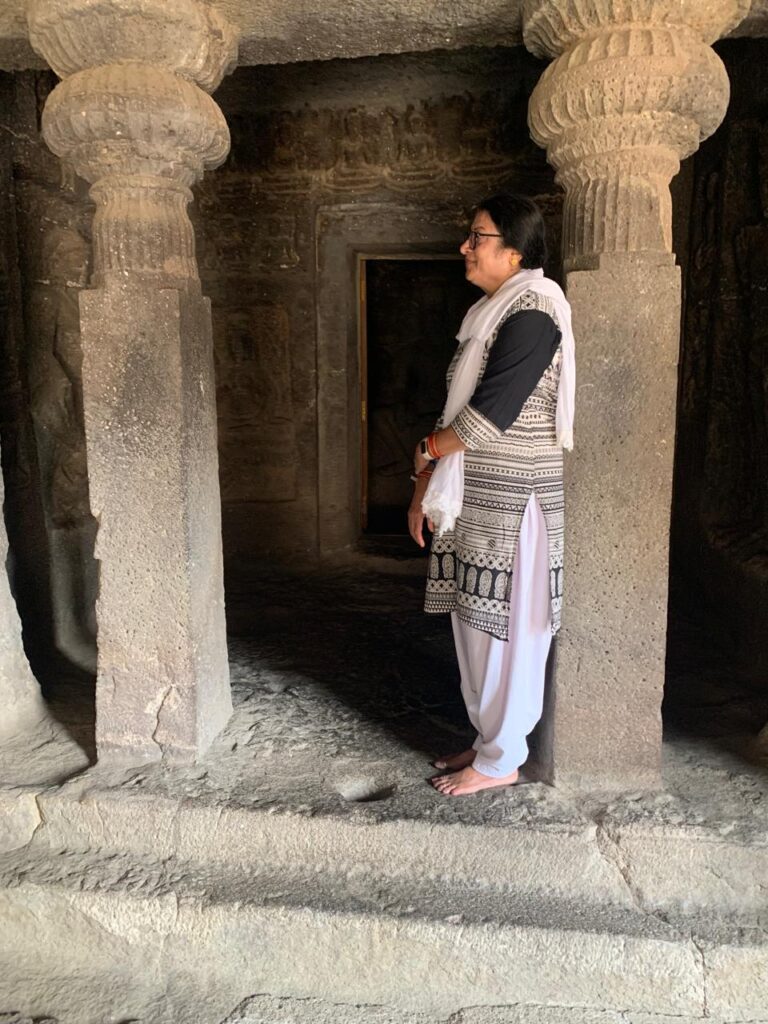
The city’s history took a fascinating turn with the arrival of Malik Ambar, an Ethiopian military leader who rose to become the Prime Minister of the Ahmadnagar Sultanate. In 1610, Malik Ambar established a new city called Khaḍkī, which later became the capital of the Ahmadnagar Sultanate. The city was renamed Fatehnagar by Malik Ambar’s son, Fateh Khan.
However, it was Aurangzeb, the Mughal viceroy of the Deccan region, who gave the city its present name. In 1636, Aurangzeb annexed the city into the Mughal Empire and renamed it Aurangabad. The city remained a part of the Mughal Empire until 1724, when the Mughal governor of the Deccan, Nizam Asaf Jah I, seceded from the Empire and founded his own Asaf Jahi dynasty.
As I explored the city, I was struck by its architectural heritage. From the majestic Bibi Ka Maqbara to the intricate carvings of the Aurangabad Caves, the city is a treasure trove of architectural wonders. The city’s rich cultural heritage is also reflected in its vibrant arts scene, with numerous festivals and events celebrating its music, dance, and art.
Today, Aurangabad is a thriving city that seamlessly blends its past with its present. From its ancient roots to its modern-day charm, the city is a must-visit destination for anyone interested in history, culture, and architecture. As I left the city, I couldn’t help but feel a deep sense of respect for the city’s rich heritage and a desire to return and explore its many wonders once again.
Aurangabad, a city in the Indian state of Maharashtra, has a rich and diverse history that spans over 400 years. The city was founded in 1610 by Malik Ambar, an Ethiopian military leader who rose to become the Prime Minister of the Ahmadnagar Sultanate ¹ ². Ambar made the city his capital and named it Khadki, which later grew into a populous and imposing city.
In 1626, Malik Ambar died, and his son Fateh Khan succeeded him, renaming the city Fatehnagar. However, in 1636, the Mughal viceroy Aurangzeb annexed the city into the Mughal Empire and renamed it Aurangabad .The city became the capital of the Deccan region of the Mughal Empire and remained an important center of trade, culture, and learning.
During the Mughal era, Aurangabad was a thriving city with an estimated population of 200,000 people, living in 54 suburbs .The city was also an important center of Persian and Urdu literature, and its manufacture of embroidered silks emerged during this period and is still practiced today .
In 1724, the Mughal general Nizam Asaf Jah I seceded from the Mughal Empire and founded his own Asaf Jahi dynasty, with Aurangabad as its capital .The city remained the capital of the Nizam’s dominions for the next 40 years, until his son and successor Nizam Ali Khan Asaf Jah II transferred the capital to Hyderabad in 1763 .
During the British colonial era, Aurangabad was a part of the princely state of Hyderabad, and its culture was somewhat free of colonial influence .The city began to industrialize in the late 19th century, with the establishment of textile mills and other industries.
Today, Aurangabad is a thriving city with a rich cultural heritage, known for its historic monuments, vibrant arts scene, and bustling markets. The city is also an important center of education, with several prominent educational institutions, including Dr. Babasaheb Ambedkar Marathwada University .

